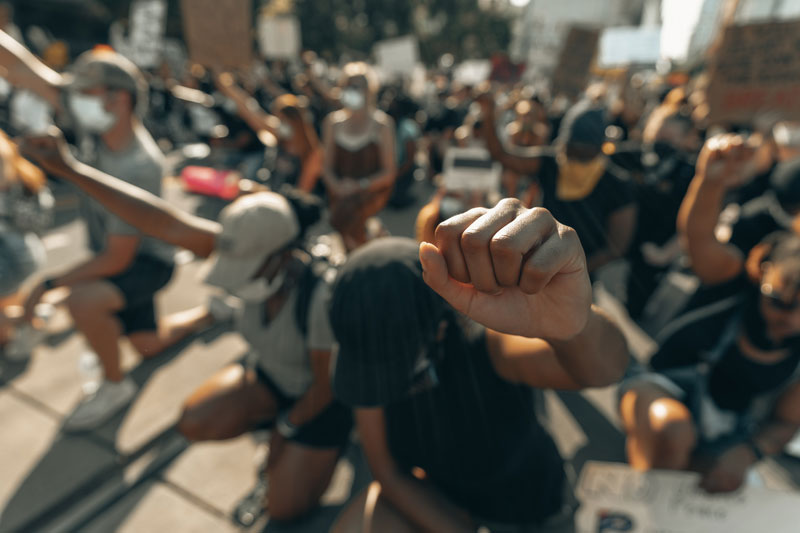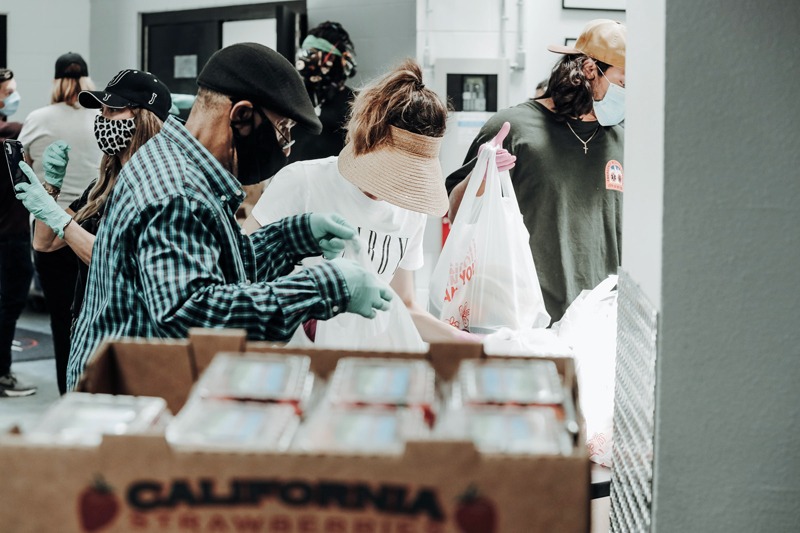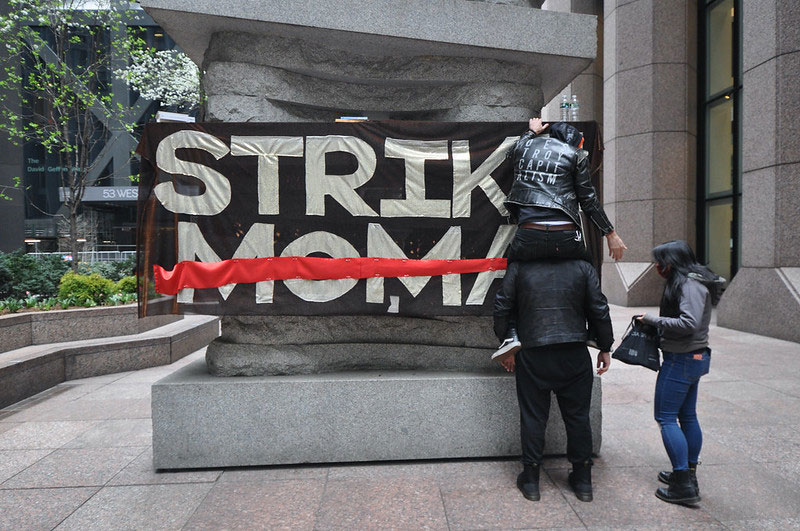Sign up for our free newsletters
Subscribe to NPQ's newsletters to have our top stories delivered directly to your inbox.
By signing up, you agree to our privacy policy and terms of use, and to receive messages from NPQ and our partners.
August 28, 2010; Source: Salon | New Orleans is booming, right? The number of poor people in Orleans Parish has dropped by half since Katrina and median household incomes have risen there while nationally, due to the recession, incomes have dropped. But the City is now less African-American (60 percent) than it was before Katrina (67 percent) and the region’s economic divide has gotten worse: In the metro area, African-Americans earn 44 percent less and Latinos 25 percent less than whites. Part of the City’s recovery strategy is to attract a “creative class” to replace the 100,000 or so poor people who were displaced by the storm and haven’t returned. The creative class includes “young urban redevelopment professionals” or YURPs, “whiter, wealthier and better educated than the traditional residents of New Orleans, held up as the great white hope for rebuilding the city,” according a sociology professor at the University of New Orleans. The Salon article highlights young couples that have moved into the area, including a former Teach for America teacher and spouse who came to New Orleans to help remake the school system. Is the YURP strategy sustainable? A high profile YURP-promoting nonprofit named NolaYURP with the slogan “Connect. Retain. Attract” has shut down as the founder moved back to Massachusetts to go to graduate school for his MBA. Other YURP-associated nonprofits are taking their share of criticism, notably Brad Pitt’s Make It Right Foundation, which some wags have renamed the Make It White Foundation. Having raised $31 million in donations since it started in 2008 (and employing 33 staff), Pitt’s nonprofit is putting Frank Gehry-designed houses costing $350,000 to build in the Lower Ninth Ward, compared to other nonprofits such as Build Now and Lowernine.org that are constructing homes at less than half that cost and consequently requiring less subsidy per unit. For those living in houses still suffering the ravages of the flooding from five years ago, the creative class recovery still hasn’t reached them.—Rick Cohen













